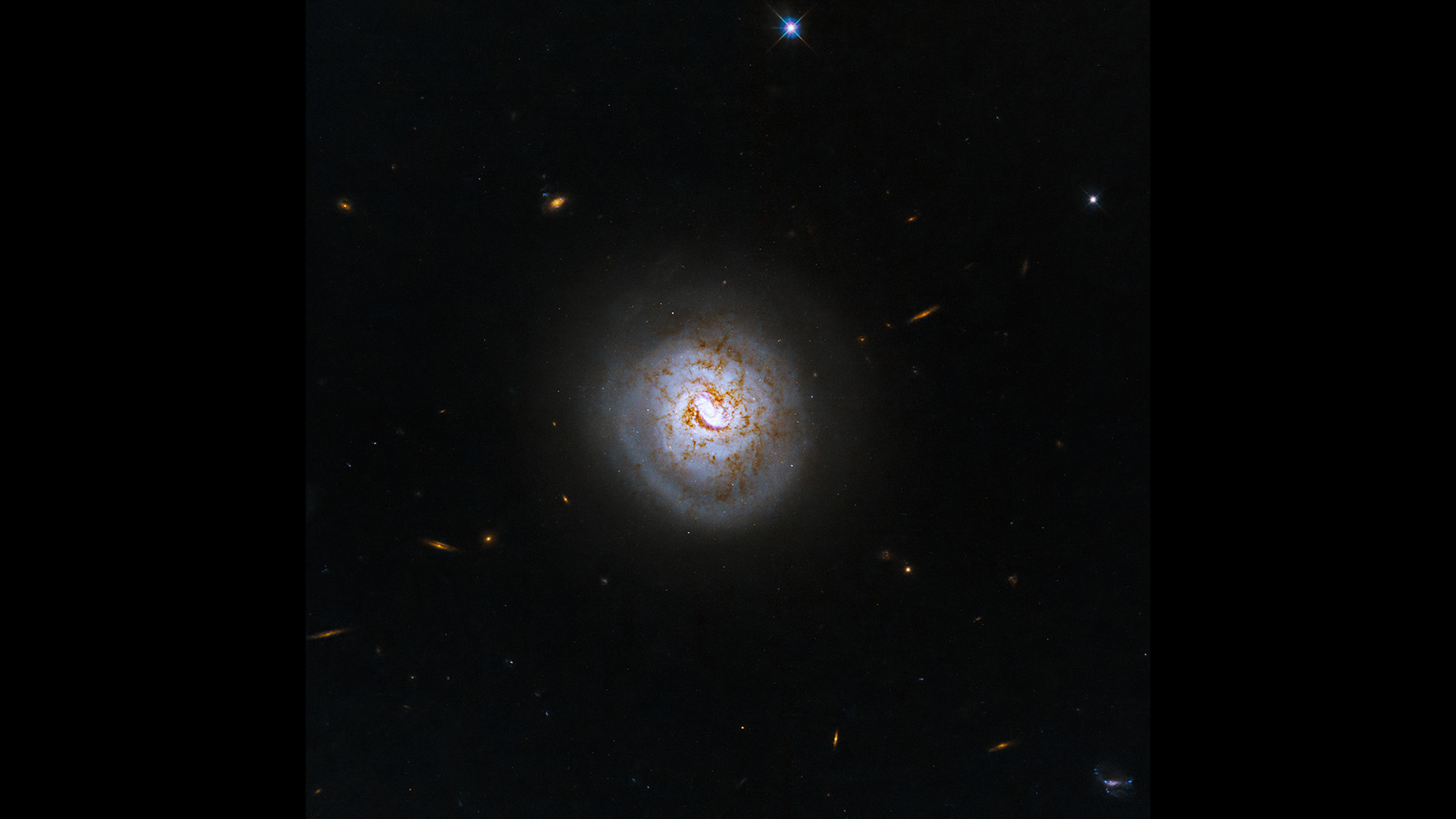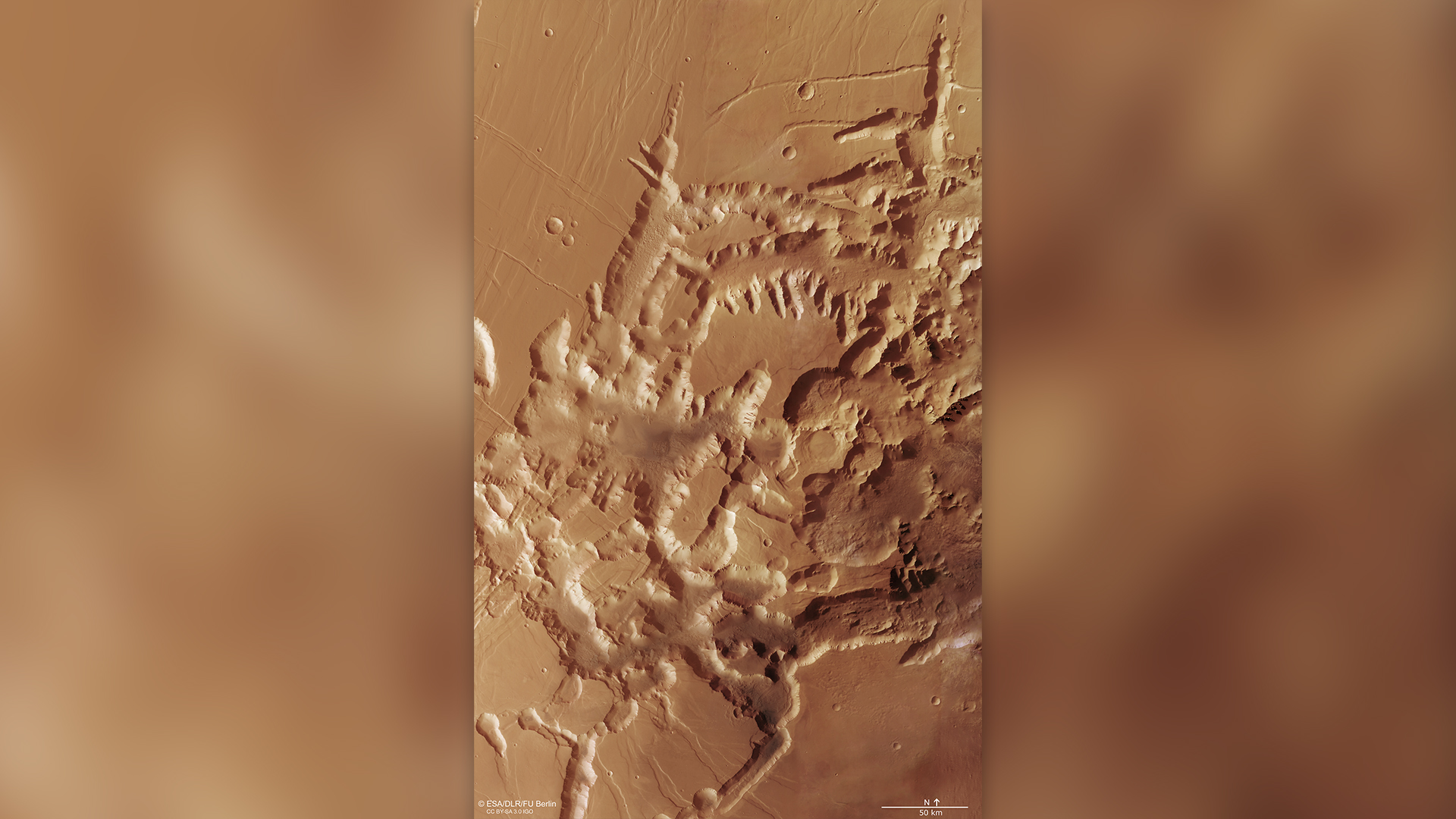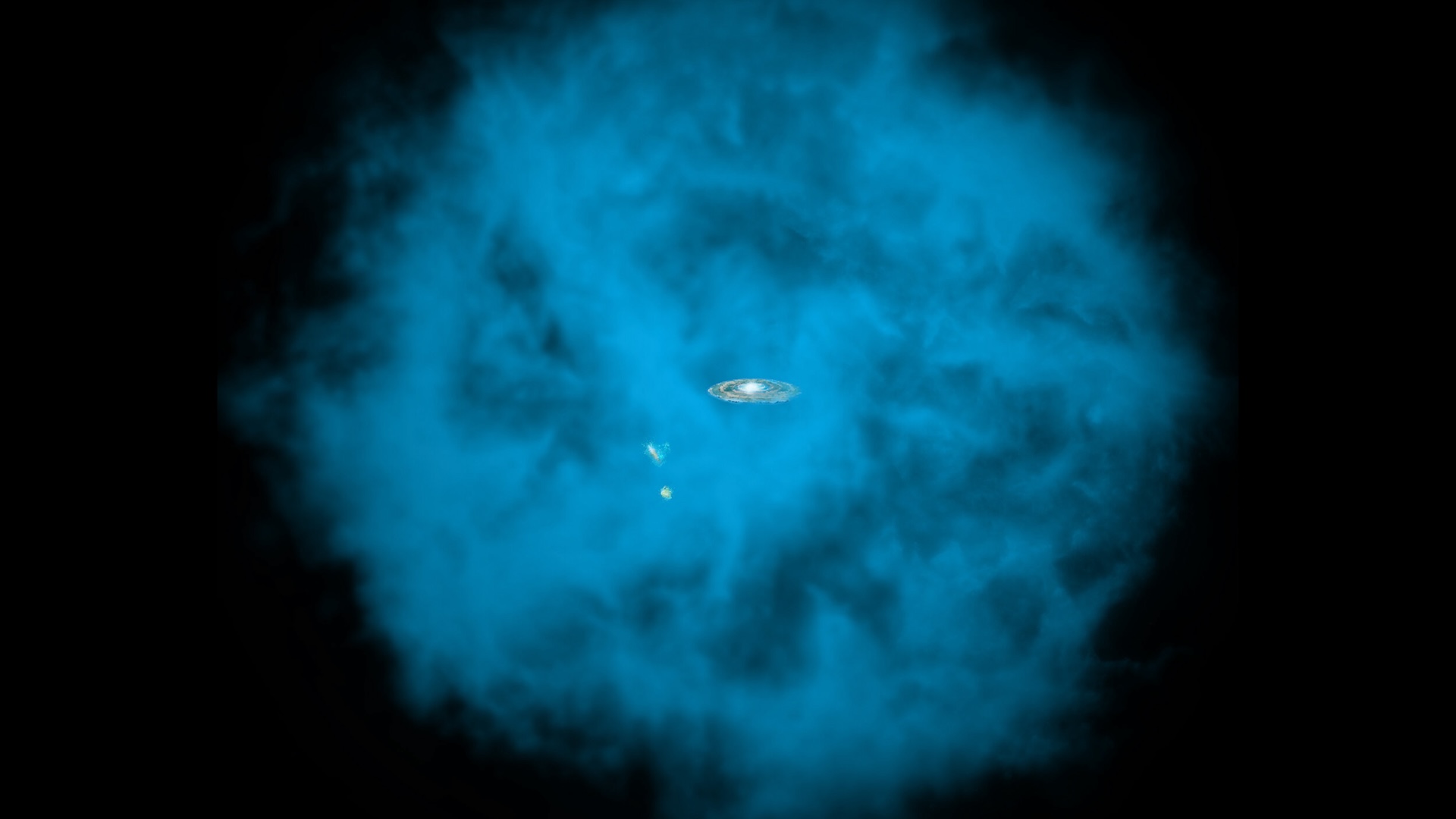Space photo of the week — Extraordinary images of our sublime universe
Latest about space photo of the week
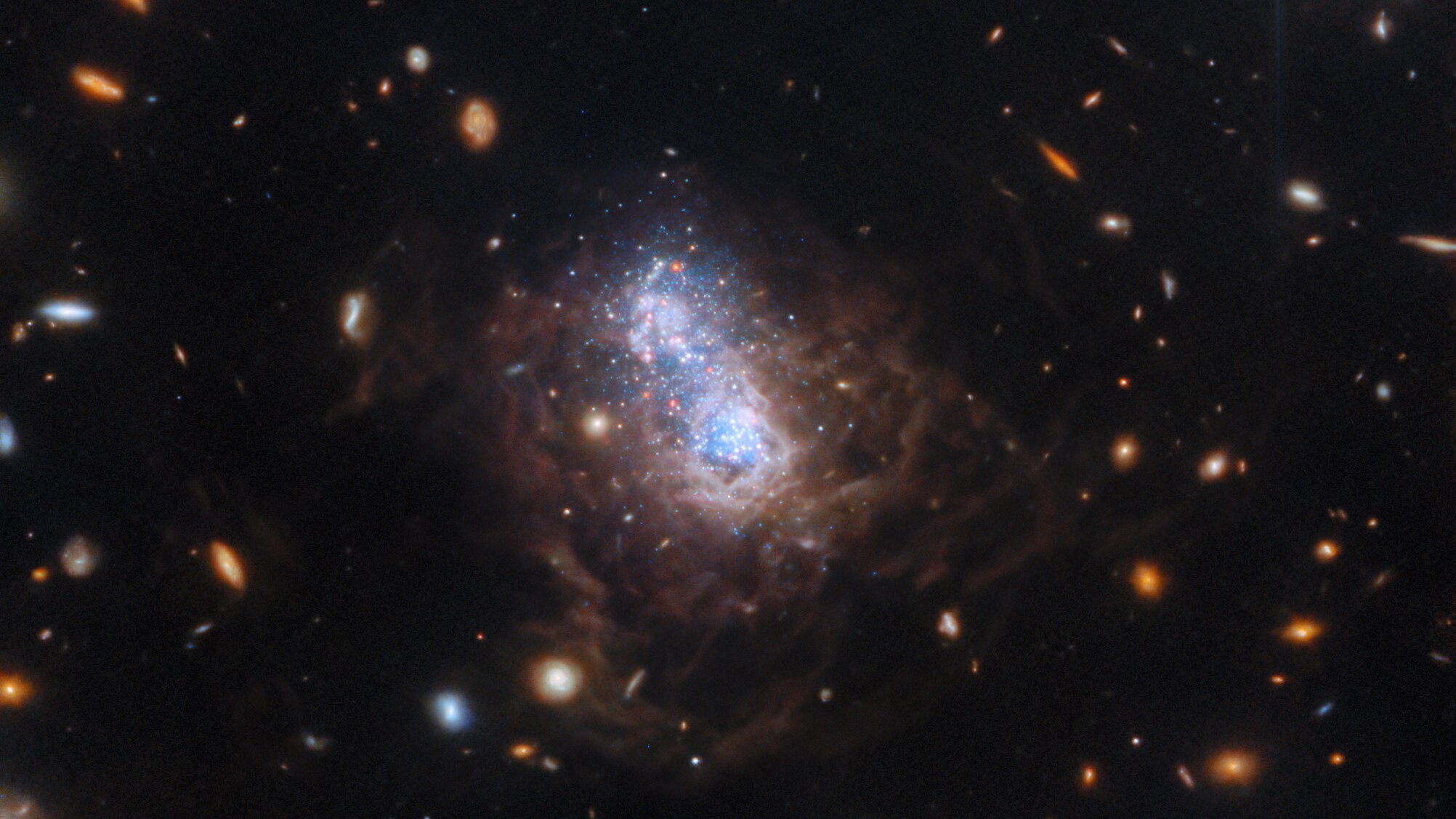
Space photo of the week: James Webb telescope reveals surprising starburst in ancient galaxy
By Jamie Carter published
New infrared observations from the James Webb Space Telescope unveil a galaxy far, far away that's creating new stars.
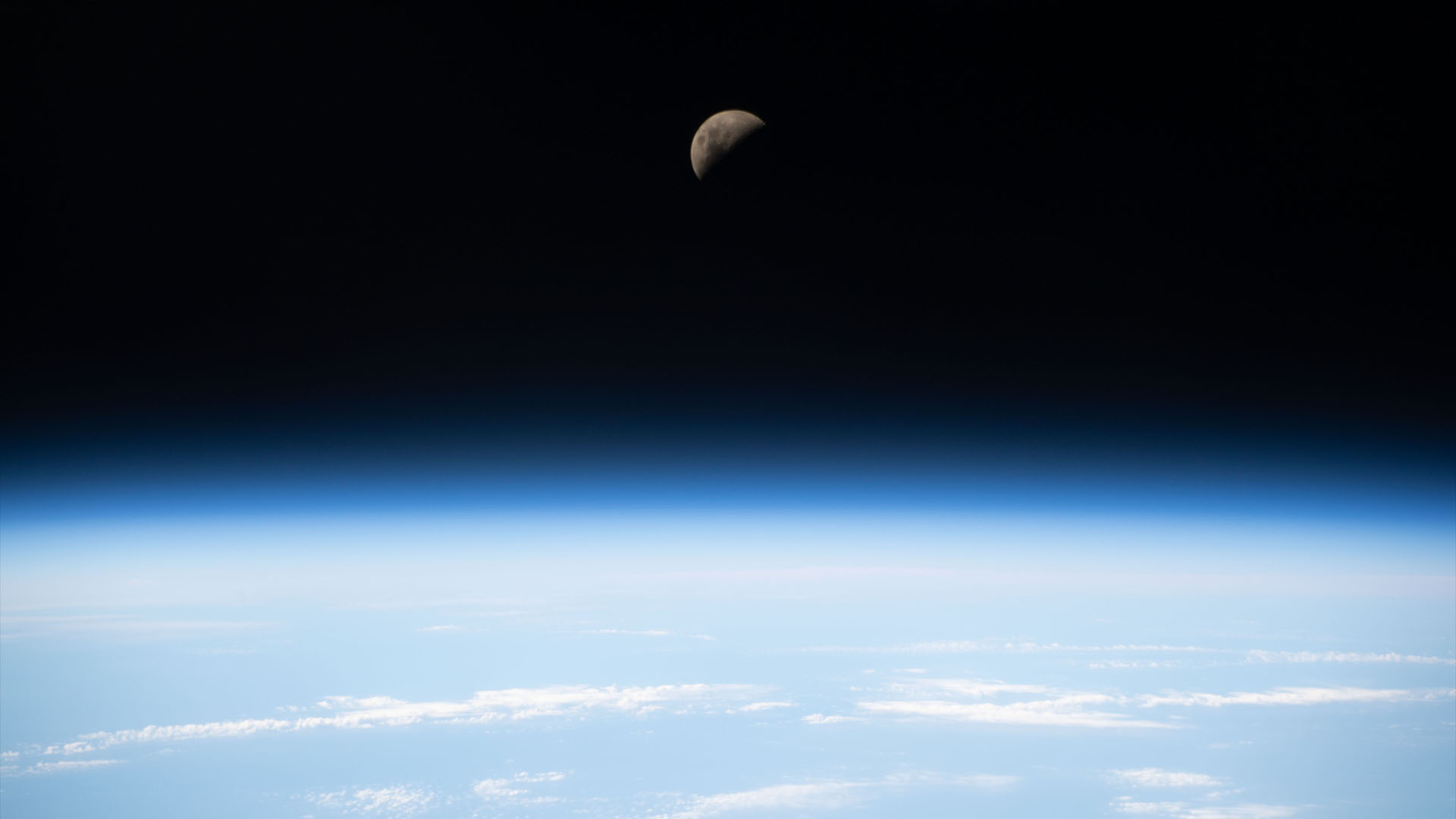
Space photo of the week: The moon begins its big eclipse orbit in stunning ISS photo
By Jamie Carter published
International Space Station astronauts orbiting 270 miles above Earth have photographed the moon on the cusp of 2024's first "eclipse season."
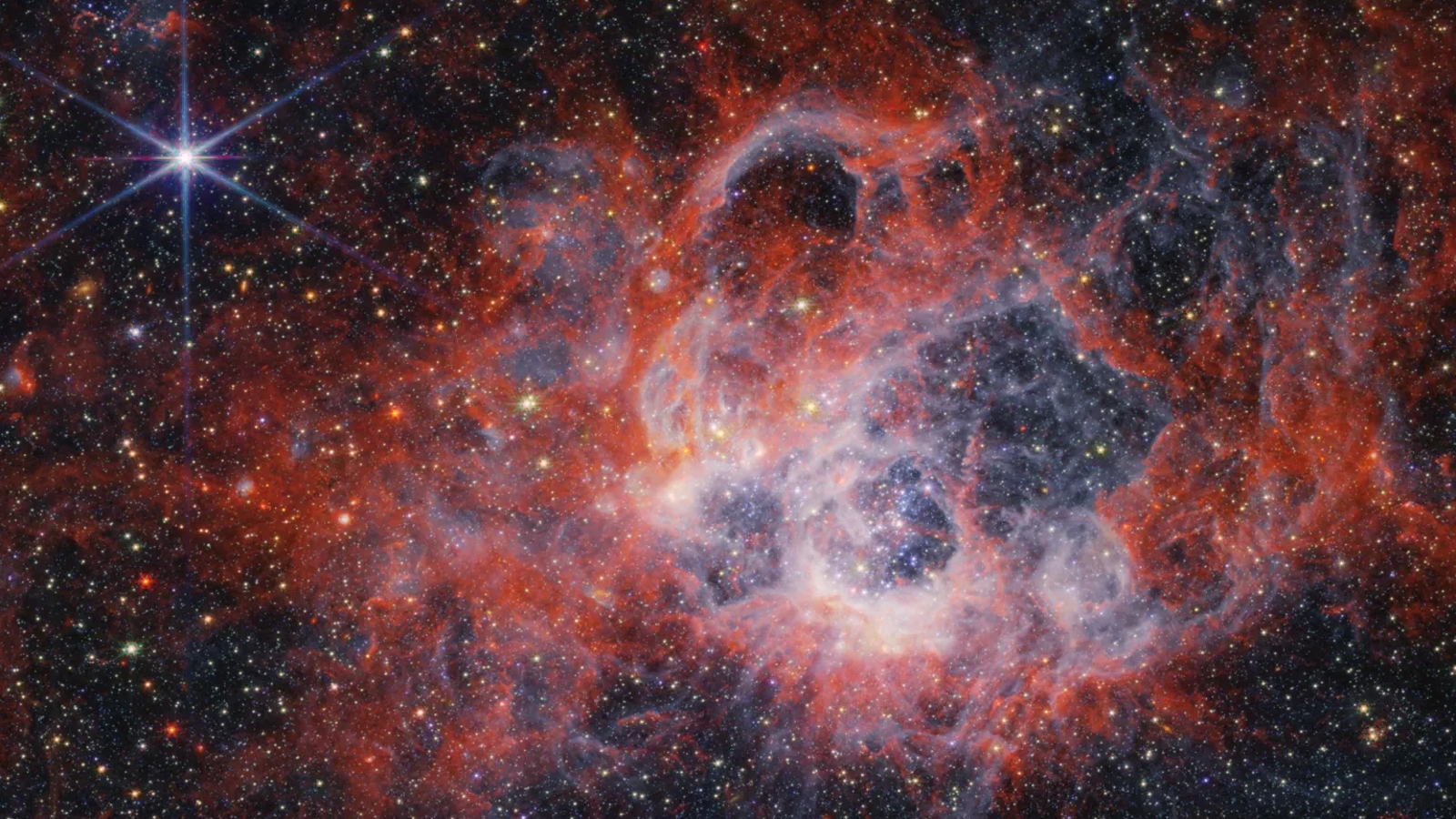
Space photo of the week: James Webb telescope snaps stunning 'tapestry of star birth' peppered with cavernous galactic voids
By Harry Baker published
Two new James Webb Space Telescope images show off massive bubbles carved out of a stellar nursery by giant, baby stars growing in a nearby galaxy.
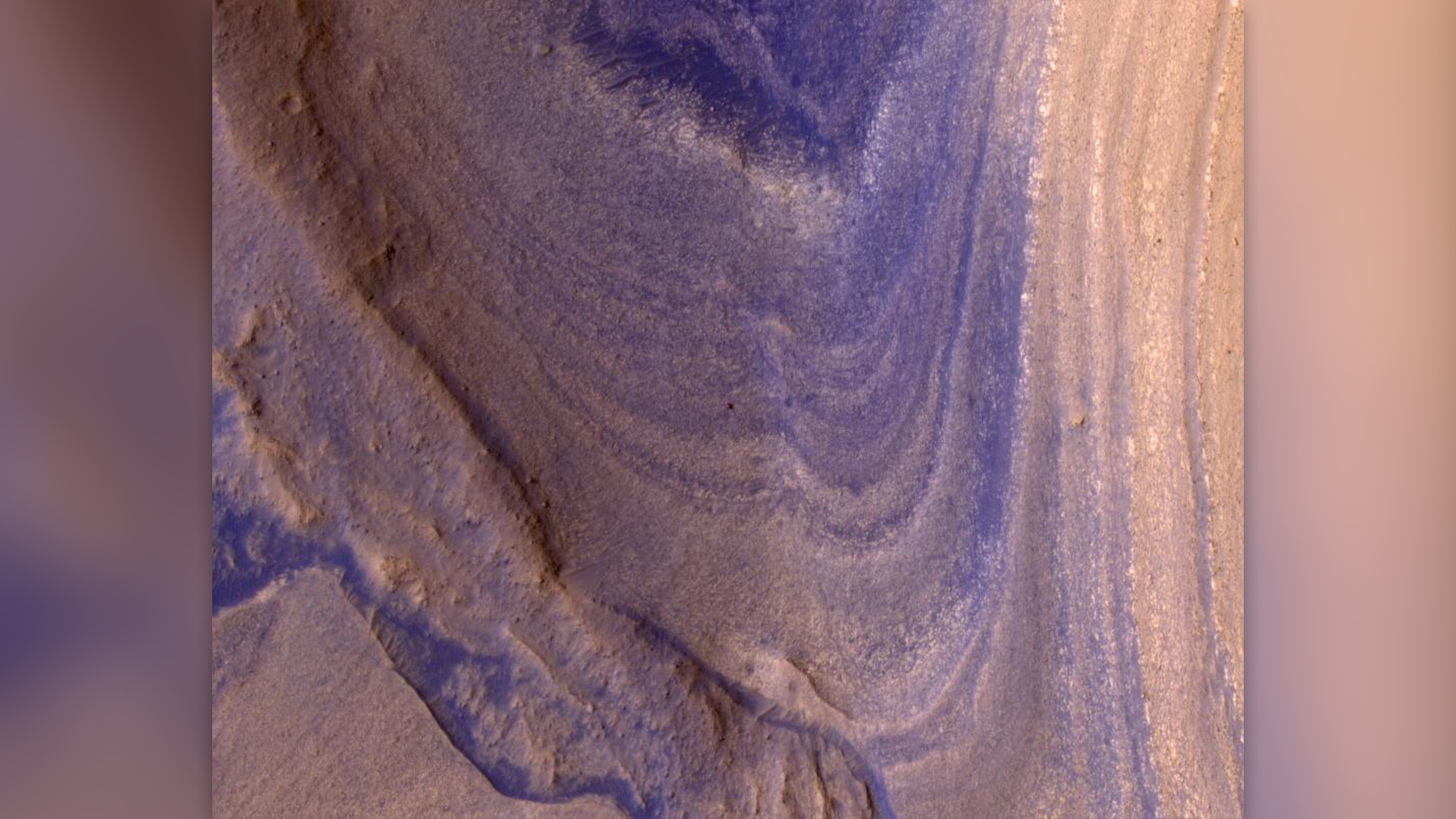
Space photo of the week: Can you spot the hidden robot on the slopes of Mars?
By Jamie Carter published
NASA's Mars Curiosity rover hides in plain sight in this aerial photo of the treacherous Martian landscape.
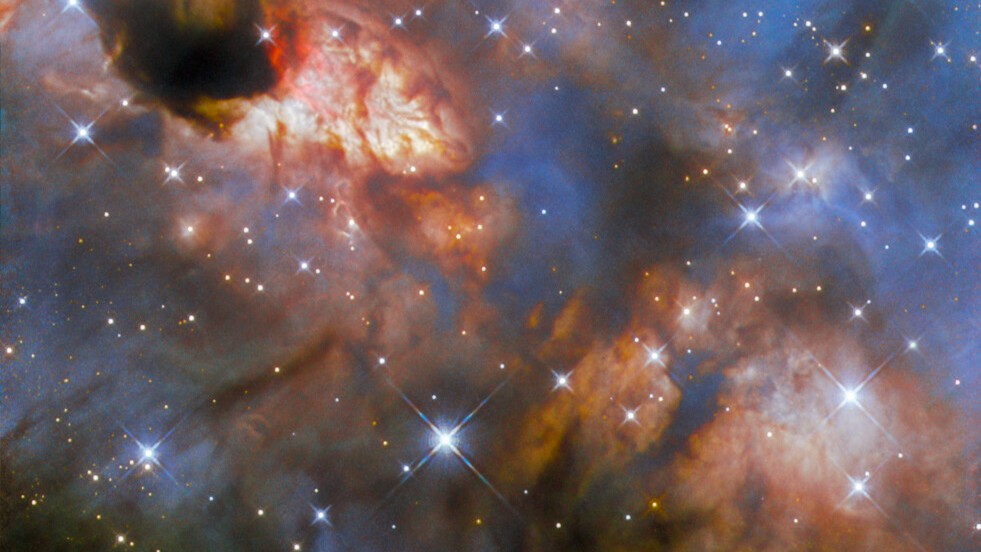
Space photo of the week: A young star sweeps up its cosmic neighborhood in vibrant new Hubble image
By Jamie Carter published
The Hubble Space Telescope's latest image is a riot of orange, blue and violet — and a lesson in how plucky young stars clear their dusty neighborhoods.
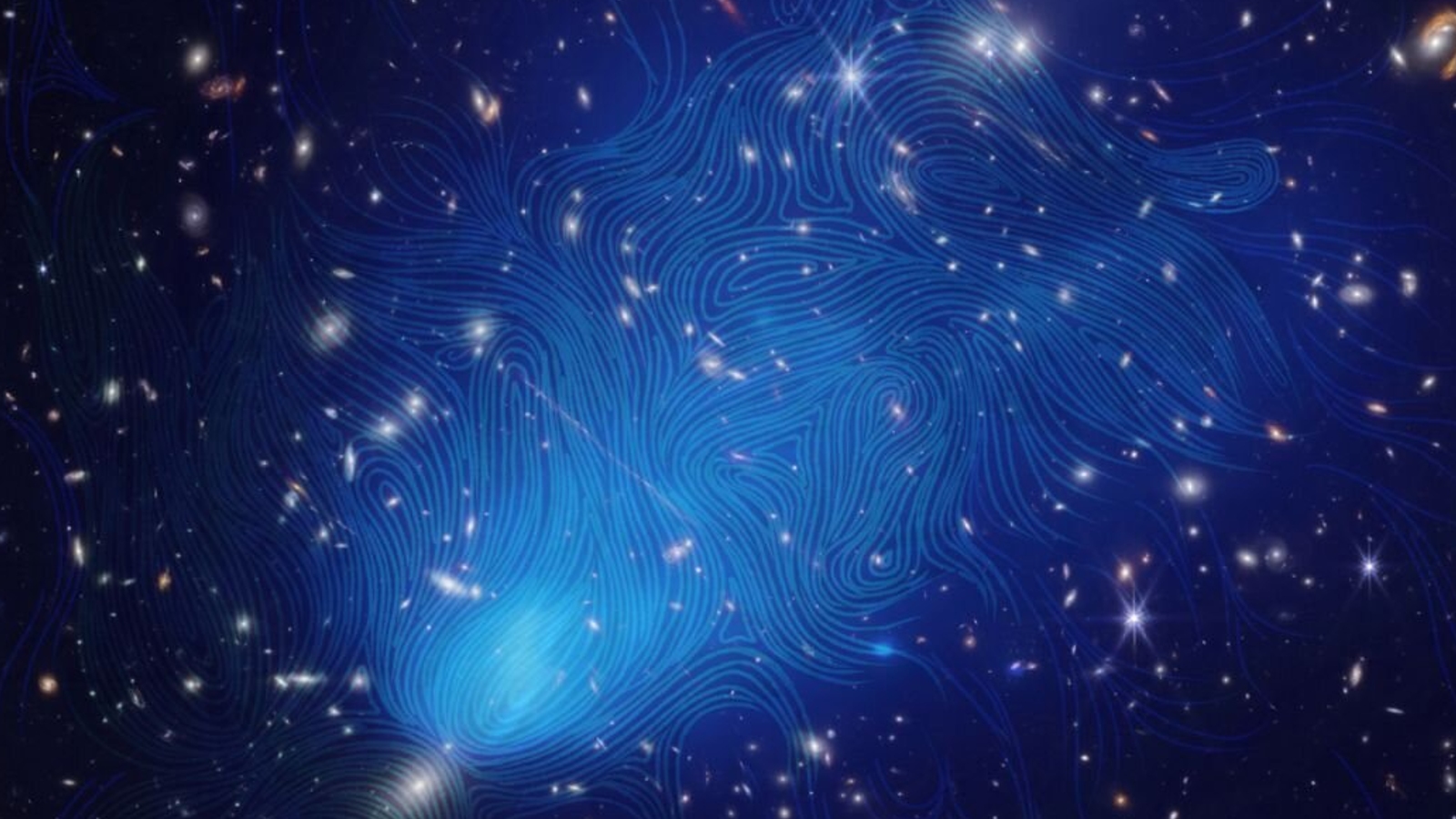
Space photo of the week: 'El Gordo' galaxy cluster shakes its guts in largest-ever magnetic field map of space
By Harry Baker published
Researchers recently mapped out the magnetic field of the gargantuan galaxy cluster "El Gordo." The resulting map of swirling magnetic field lines is the largest of its kind.
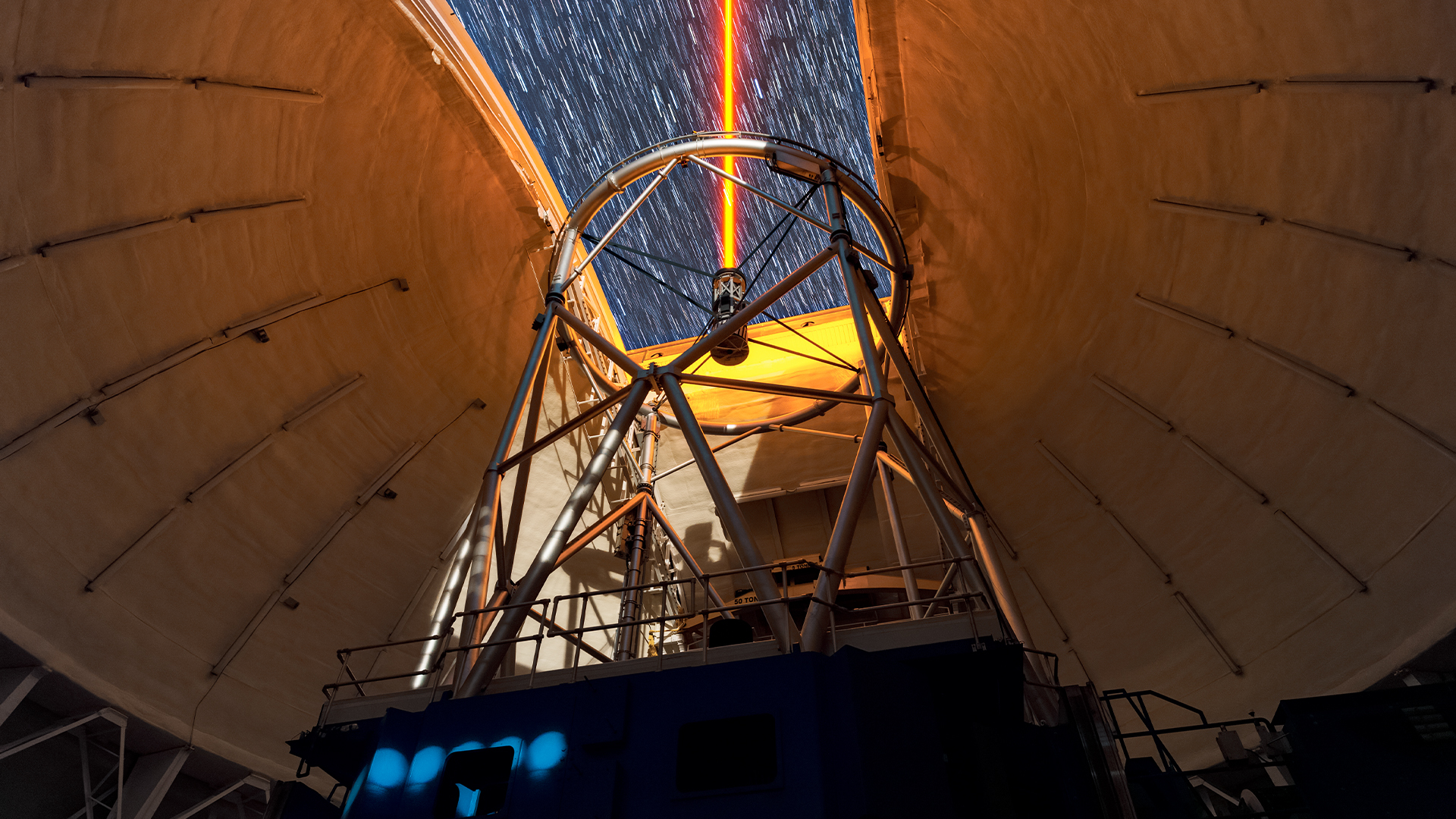
Space photo of the week: Astronomers make an 'artificial star' over Hawaii
By Jamie Carter published
Twinkling stars can throw off telescope observations. To correct that, observatories like the Gemini North telescope in Hawaii create 'artificial stars' with lasers to hone their equipment.
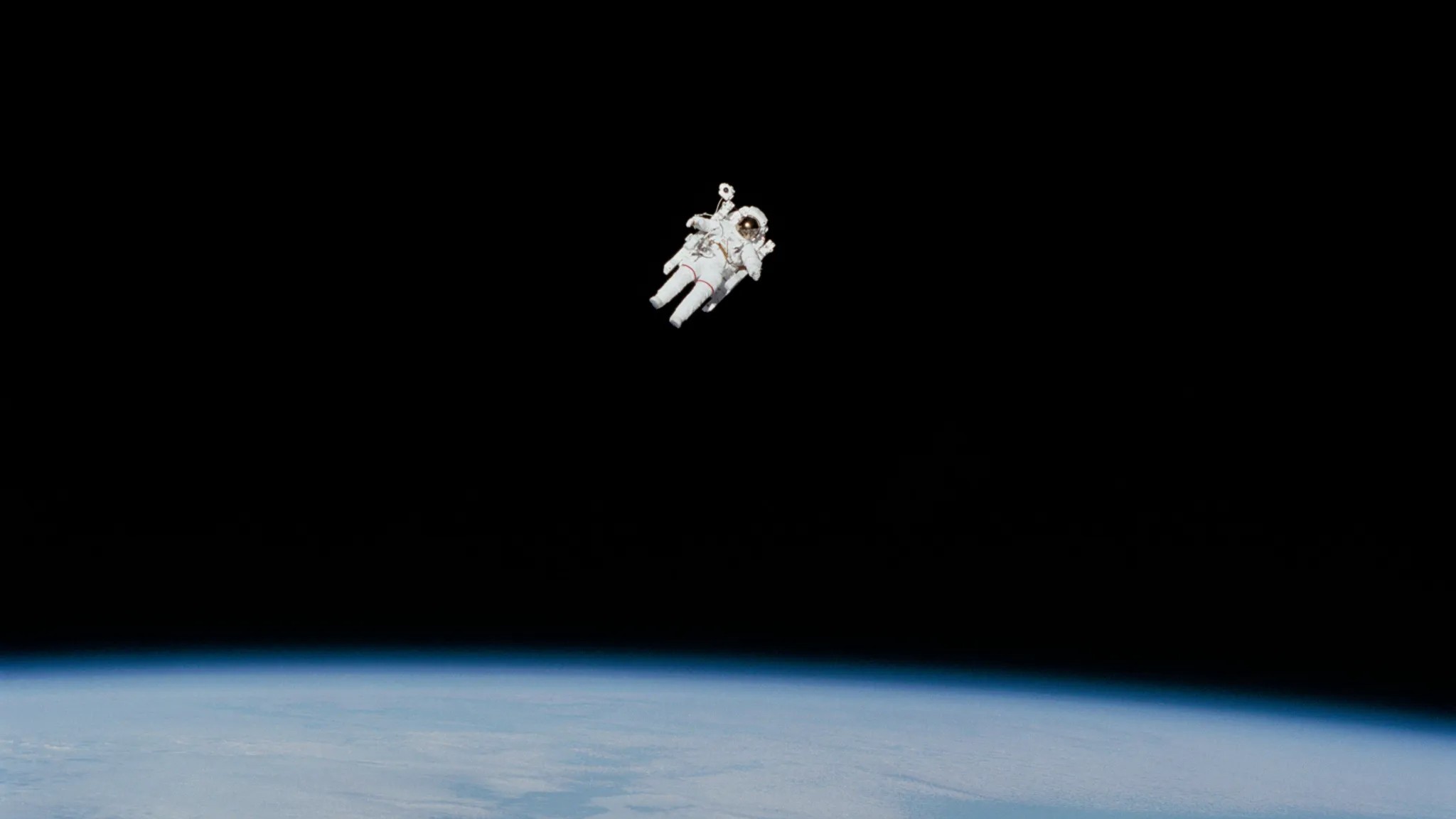
Space photo of the week: Bruce McCandless II floats untethered as the 1st 'human satellite' in history
By Jamie Carter published
Forty years ago this week, the first untethered spacewalk resulted in one of space exploration's most iconic images.
Sign up for the Live Science daily newsletter now
Get the world’s most fascinating discoveries delivered straight to your inbox.
